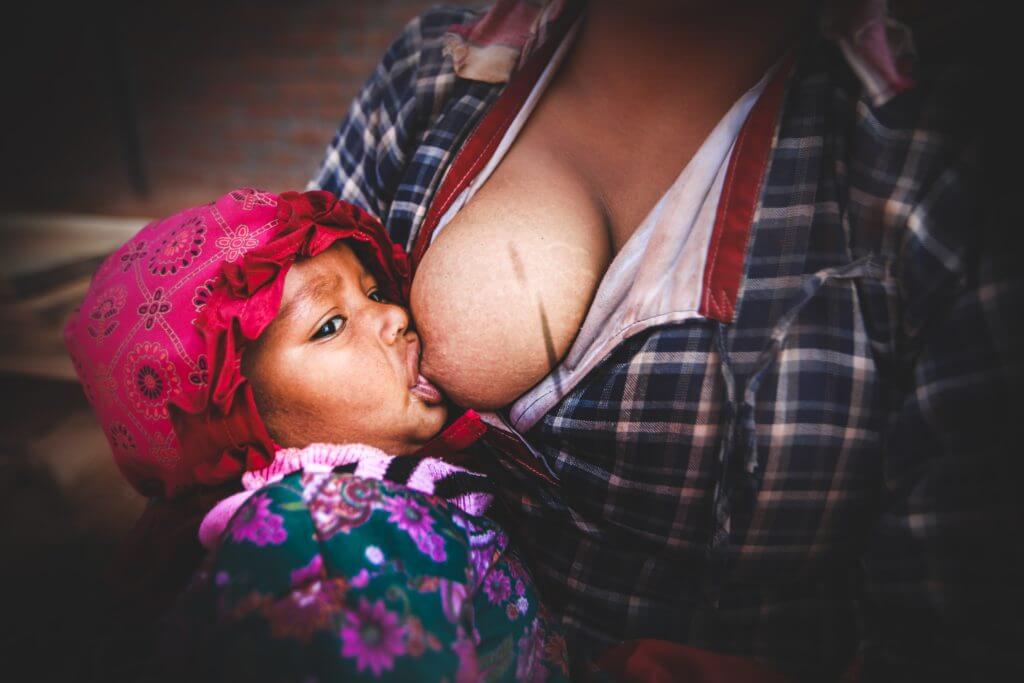Certain types of fungi and bacteria can be crucial for infant health. Previous studies have shown the presence of beneficial strains of bacteria in breast milk, and now a recent study reveals that the breast milk microbiome also contains fungi. These microbes are essential for building the infant microbiome early on, according to the study.
“Our research demonstrates the presence of yeasts and other fungi in breast milk in healthy mothers, supporting the hypothesis that breast milk is an important source of microorganisms to the growing infant,” says Senior Researcher Maria Carmen Collado in a statement. Collado holds a Research Scientist position at the Spanish National Research Council (CSIC) at the Institute of Agrochemistry and Food Technology (IATA-CSIC) in Valencia (Spain).
The investigators had originally found the presence of yeasts and fungi in breast milk from samples of mothers located in Spain. In their new research, they decided to test samples from other geographic regions including Finland, China, and South Africa. This was done in order to determine if different locations have an effect on the microbiome compositions.
Regional Sample Findings
According to the findings of the regional samples, the genera Malasserzia and Davidiella were the most common. Furthermore, Sistotrema and Penicillium were also present in every region.
For the samples located in Spain and South Africa, over 70 percent had detectable levels of fungal DNA. On the other hand, only 45 percent of the Chinese samples and 35 percent of the Finnish samples contained detectable levels of fungal DNA.
“Our findings reinforce the potential influence of environmental factors, in particular geographic location, on the species of yeast and fungi that make up the breast milk mycobiome,” adds Dr. Collado.
Researchers also decided to compare the breast milk microbiome compositions in mothers who delivered vaginally to mothers who delivered via cesarean section. There was no difference in the diversity or richness of the fungi between the modes of delivery. However, certain types of fungi, such as those of the genus Cryptococcus, were more widespread in mothers who delivered vaginally.
Implications of Research and Future Studies
The fungal cells within breast milk suggest that it might influence the development of the infants’ microbiota. “However, little is known about the development of mycobiota in infants,” Dr. Collado adds.
“Currently, some yeast species are used as potential probiotics to promote infant health. The most common one is Saccharomyces boulardii. Our study identifies more fungal species that could potentially confer benefits for human health and the possibility of isolating appropriate strains from breast milk. Those potential benefits should now be studied in detail.”
Find this study in Applied and Environmental Microbiology.










